Encouraging curiosity in early childhood is an essential aspect of nurturing a child’s development. In this article, we will explore the significance of curiosity, provide practical tips for parents, and discuss the lifelong benefits it offers.
Encouraging curiosity in early childhood is essential in laying the foundation for lifelong learning and cognitive development. Curiosity drives children to explore their environment, ask questions, and seek answers, enhancing their understanding of the world around them. It builds creativity, problem-solving skills, and a love for learning. Parents and educators nurture a child’s curiosity by providing a stimulating environment and supporting their interests. They also encourage a culture of inquiry to foster curiosity. This article will look into the significance of curiosity in early childhood. It will also explore strategies and activities that can build a sense of wonder and encourage children to engage with the world in an exploratory manner.
1. The Power of Curiosity
a. Definition
Curiosity is the innate desire to learn, explore, and understand the world. It drives a child’s quest for knowledge and underpins their cognitive and emotional growth.
b. Early Childhood Significance

Curiosity is important in early childhood as it lays the foundation for lifelong learning. It builds problem-solving, creativity, and critical thinking skills.
2. Nurturing a Curious Environment
a. Safe Exploration
Create a safe space for your child to explore and experiment. Childproof your home to minimize hazards, allowing them to satisfy their curiosity without worry.
b. Availability of Resources
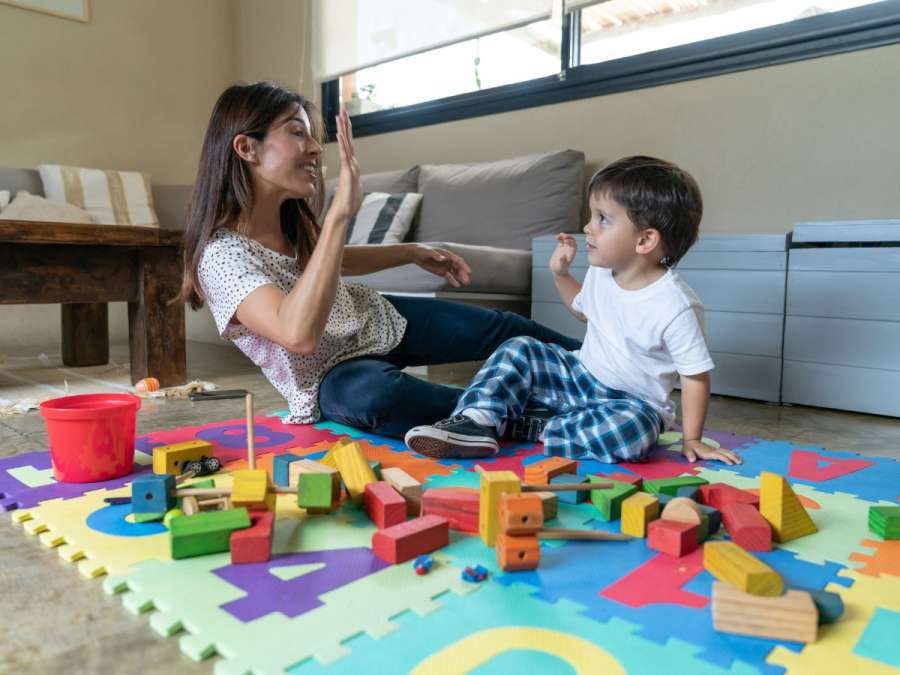
Fill your home with books, puzzles, art supplies, and educational toys suitable for your child’s age. This encourages exploration and hands-on learning.
3. Curiosity In Early Childhood: Encouraging Questions
a. Fostering a Question-Friendly Environment
Welcome your child’s questions with enthusiasm. Respond patiently and engage in their curiosity by providing answers and asking questions in return.
b. Avoiding Discouragement
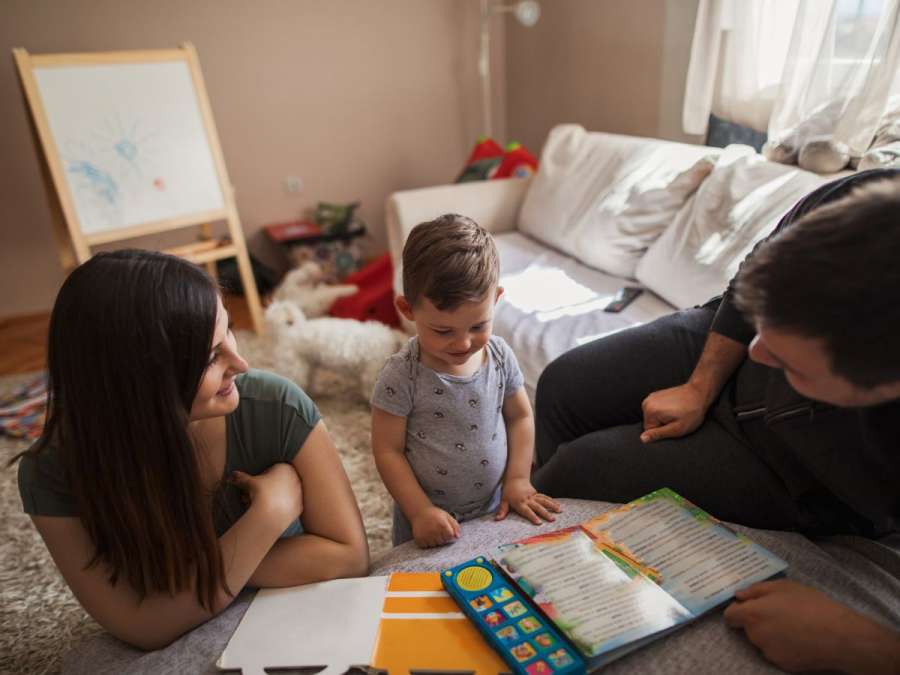
Avoid dismissing questions as basic or interrupting their inquiries. Give them your full attention to validate their curiosity.
Also read: Nurturing Your Infant’s Curiosity In Early Years
4. Hands-On Learning
a. Experiments and Activities
Engage in simple science experiments, craft projects, and nature walks. These activities allow children to observe, hypothesize, and experiment with the world around them.
b. Play-Based Learning

Include play as a valuable learning tool. It allows children to explore, imagine, and test new ideas while having fun.
5. Curiosity In Early Childhood: Reading and Storytelling
a. Books as a Gateway
Reading opens doors to new worlds and ideas. Surround your child with age-appropriate books, and read together regularly to spark their imagination and curiosity.
b. Storytelling

Encourage your child to tell their own stories and share their thoughts and experiences. Storytelling builds creativity and self-expression.
6. Encourage Critical Thinking
a. Problem-Solving Challenges
Pose age-appropriate challenges that require critical thinking. Encourage your child to solve problems, explore various solutions, and put their ideas into action.
b. Respect Their Independence
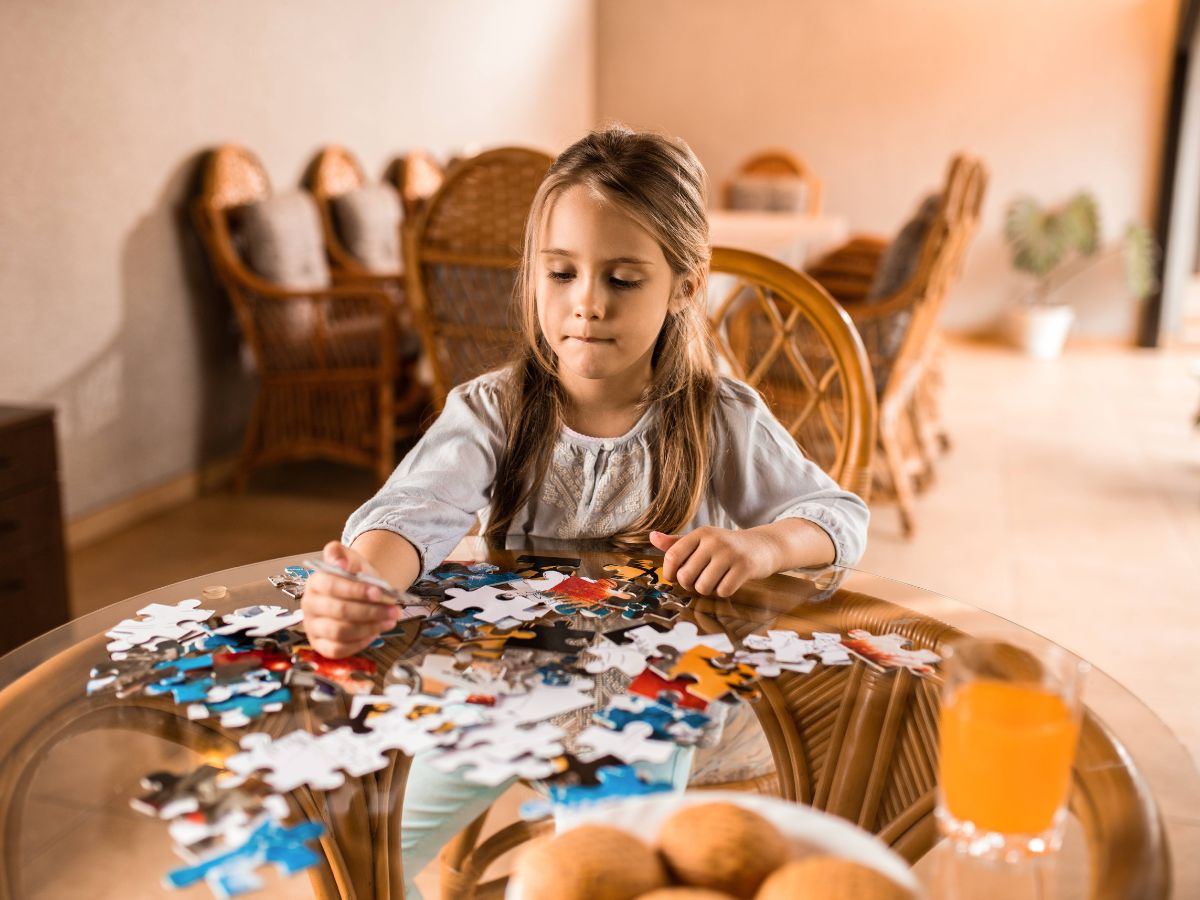
Let your child make choices and decisions independently when appropriate. This empowers them to think critically and take responsibility for their actions.
Also read: Encouraging Curiosity And Exploration In Toddlers
7. Curiosity In Early Childhood: Real-World Explorations
a. Field Trips
Take your child on educational field trips to museums, zoos, botanical gardens, and science centres. These experiences can ignite curiosity about the world.
b. Everyday Adventures

Encourage curiosity in everyday life by exploring your local community, taking nature walks, and observing the changing seasons.
8. Embrace Technology Mindfully
a. Educational Apps and Websites
Use technology as a supplementary tool for learning. Select age-appropriate apps and websites that build curiosity and skill development.
b. Screen Time Limits
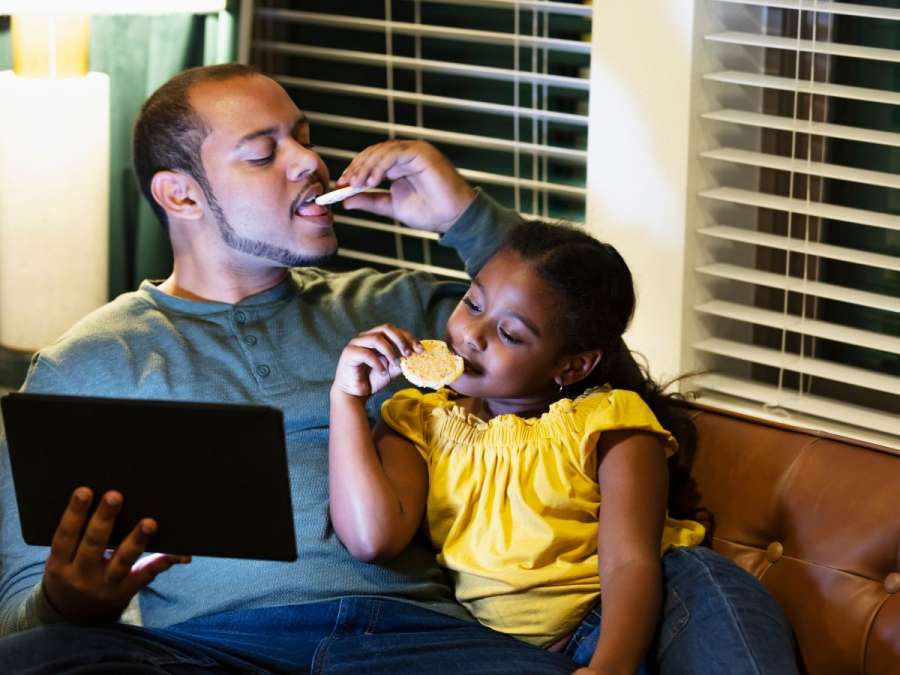
Establish reasonable screen time limits and ensure technology usage does not overshadow real-world experiences.
9. Encourage Observation
a. Nature Observation
Spend time outdoors observing nature. Encourage your child to notice birds, insects, plants, and weather patterns, building an appreciation for the natural world.
b. Artistic Expression
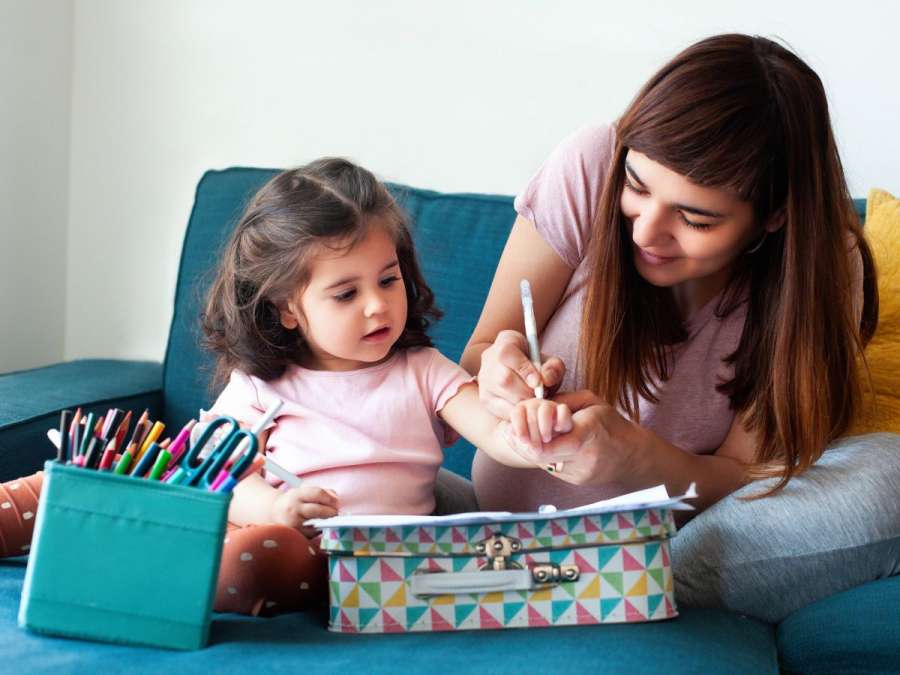
Engage your child in artistic activities such as drawing, painting, or photography. Encourage them to focus on details and express their observations through these activities.
10. Encourage Interactions and Questions
a. Group Activities
Engage your child in group activities, playdates, and classes to expose them to different perspectives and encourage social interaction and questions.
b. Encouraging Peer Interaction
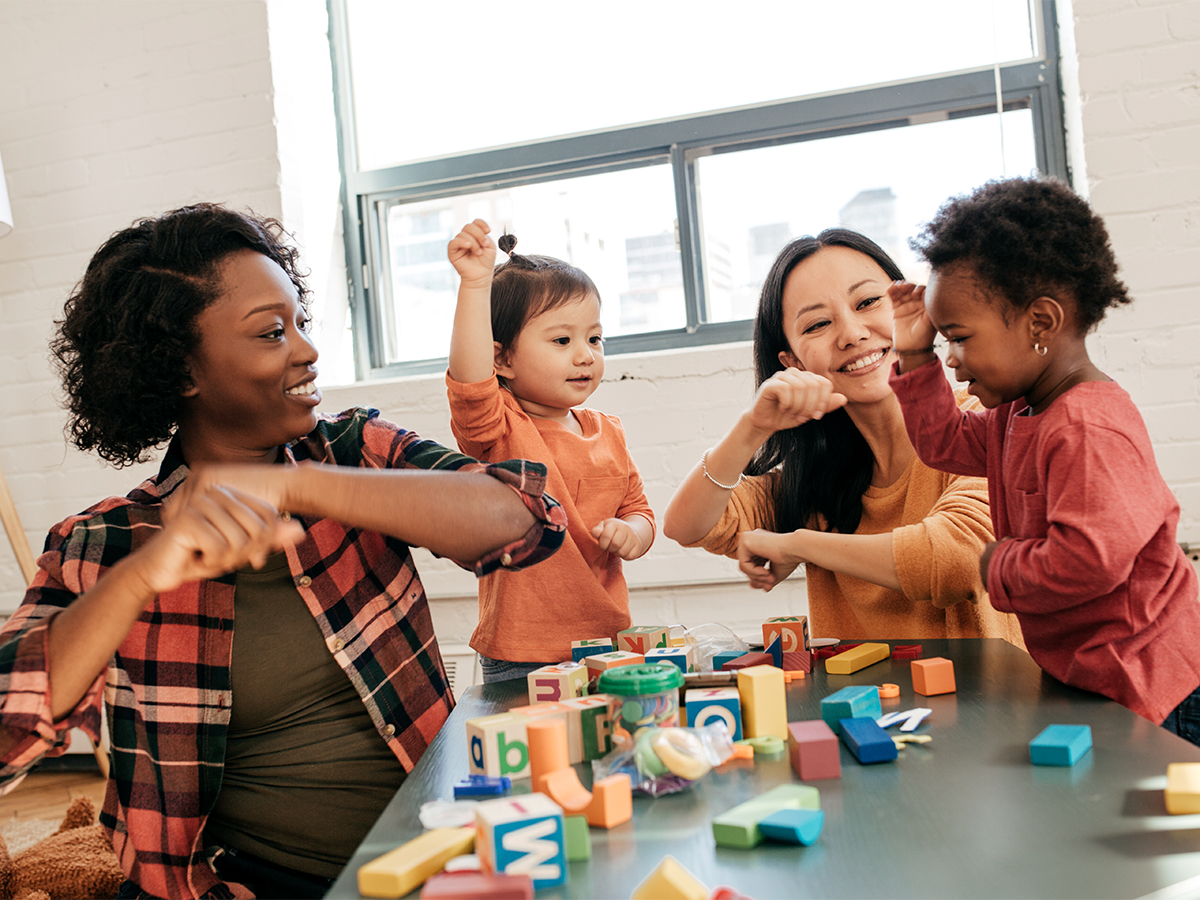
Encourage your child to interact with peers and ask questions about each other’s interests, promoting social curiosity.
Also read: Building Healthy Peer Relationships In Early Childhood
11. Cultivate a Growth Mindset
a. Praise Effort
Encourage your child to embrace challenges and praise their efforts rather than just their accomplishments. A growth mindset builds resilience and curiosity.
b. Learning from Mistakes

Teach your child that making mistakes is a natural part of learning. Mistakes provide opportunities to explore and grow, fueling curiosity.
12. Curiosity In Early Childhood: Model Curiosity
a. Lead by Example
Be a curious role model. Show enthusiasm for learning, ask questions, and explore new interests in front of your child.
b. Collaborative Learning

Explore interests together as a family. Collaborative learning can be a bonding experience and further inspire curiosity.
13. Benefits of Lifelong Curiosity
a. Continuous Learning
A curious mindset leads to a lifetime of learning, keeping the mind agile and open to new experiences.
b. Problem Solving and Innovation
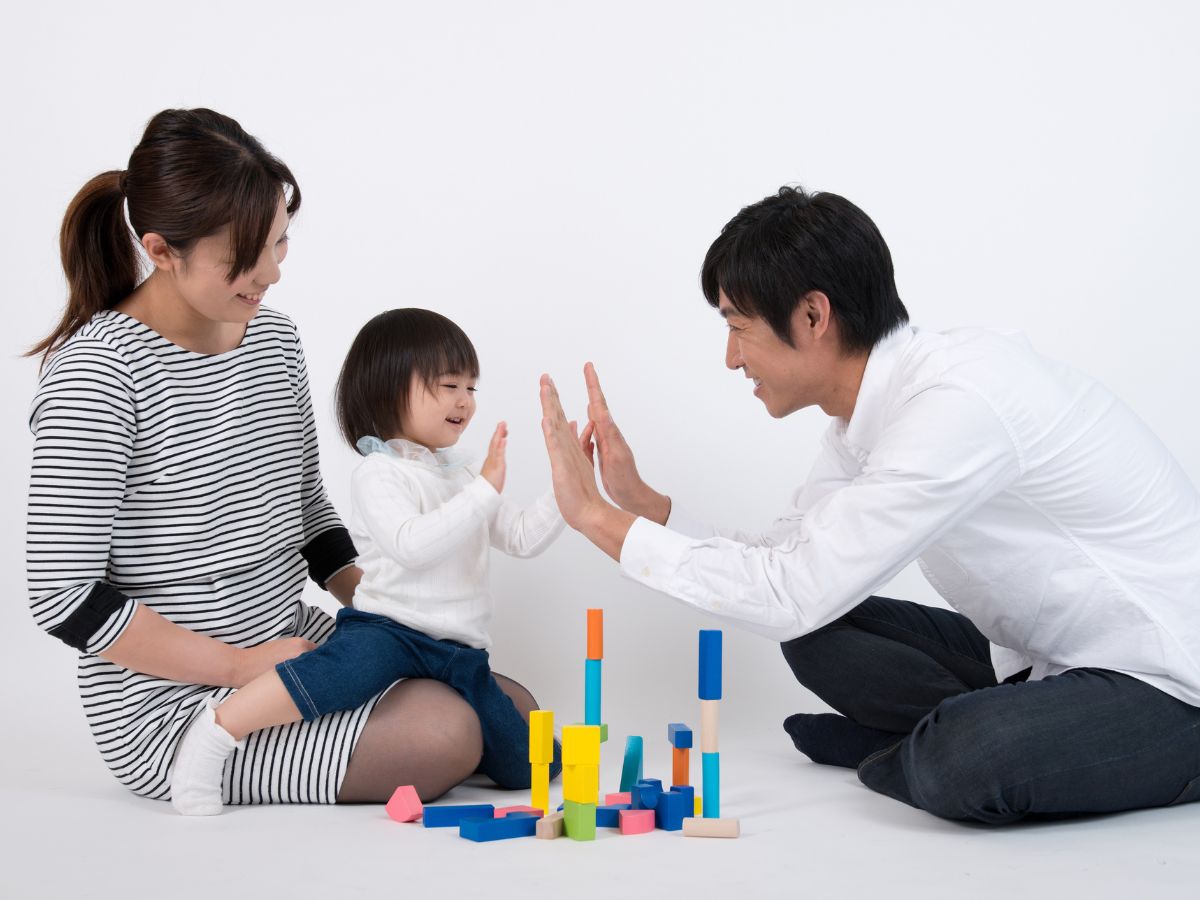
Curiosity builds problem-solving skills and drives innovation, which is essential in personal and professional life.
Encouraging curiosity in early childhood is a gift that keeps on giving. Parents can instill in their children a lifelong passion for learning by creating a nurturing environment. They can also build a love for exploration and lead by example. Nurturing curiosity in early childhood is a foundational step in shaping children to become curious, creative, and innovative individuals.
